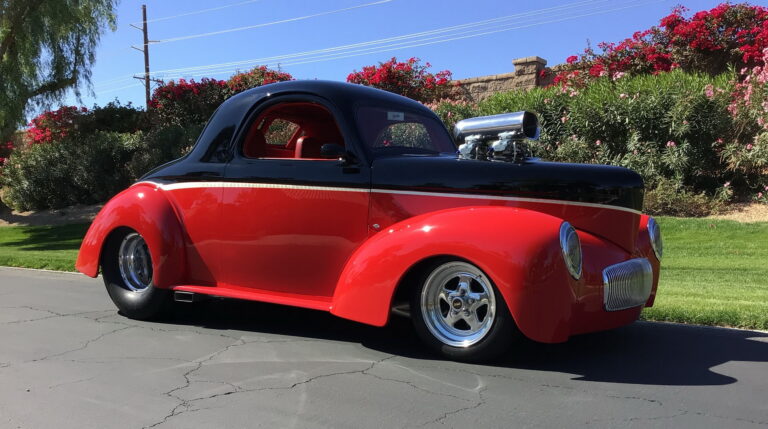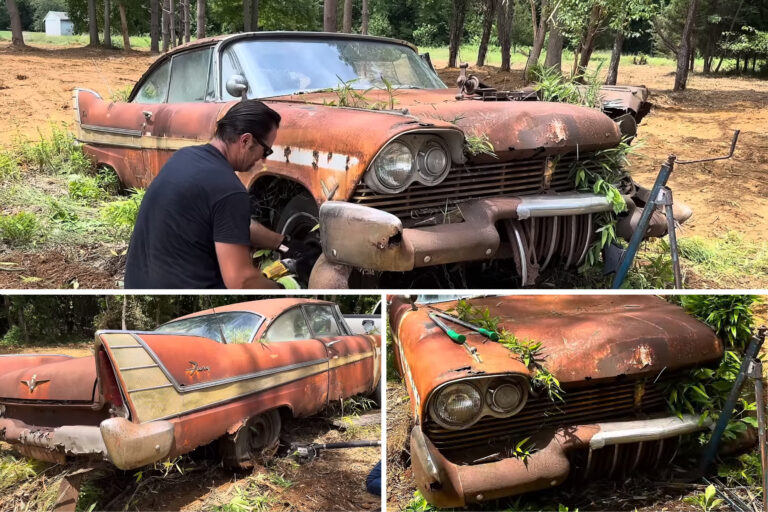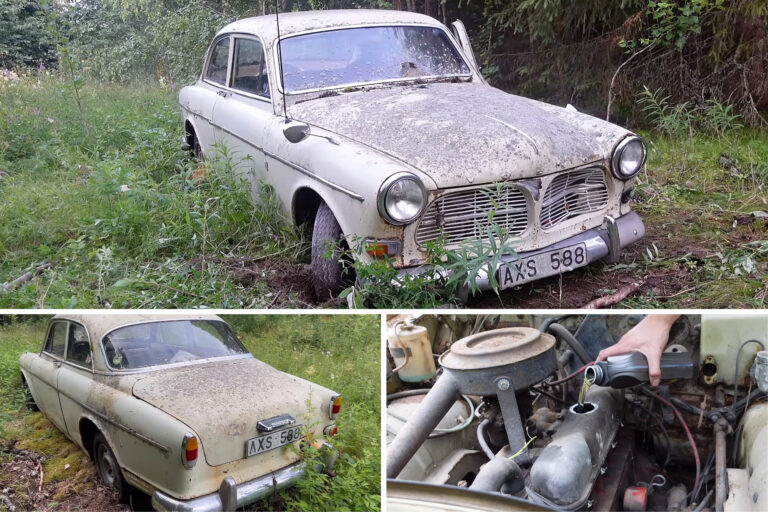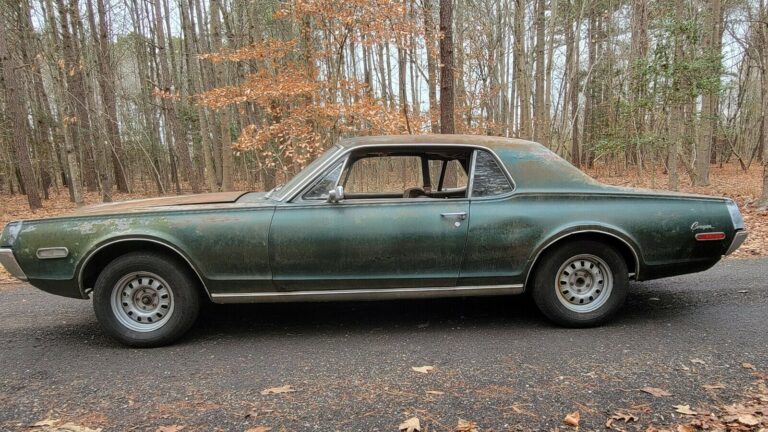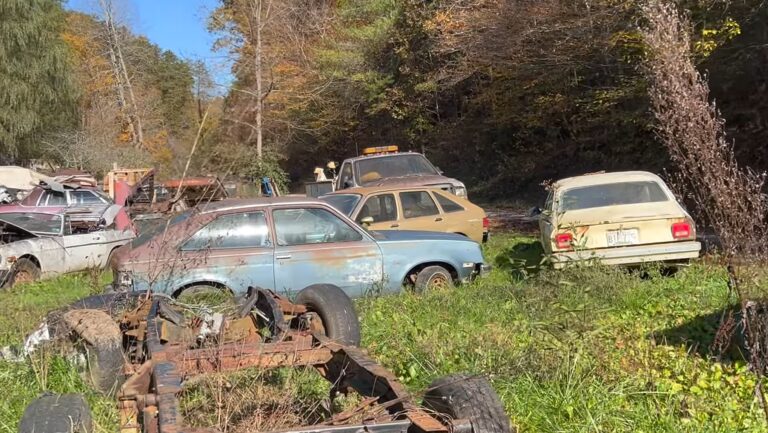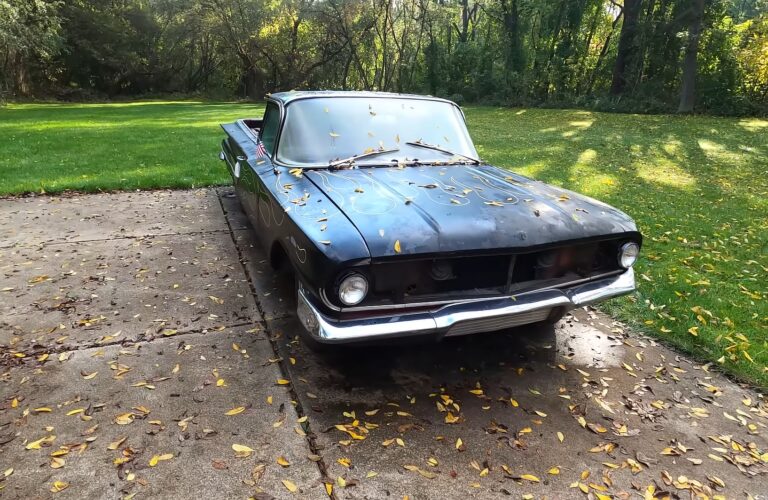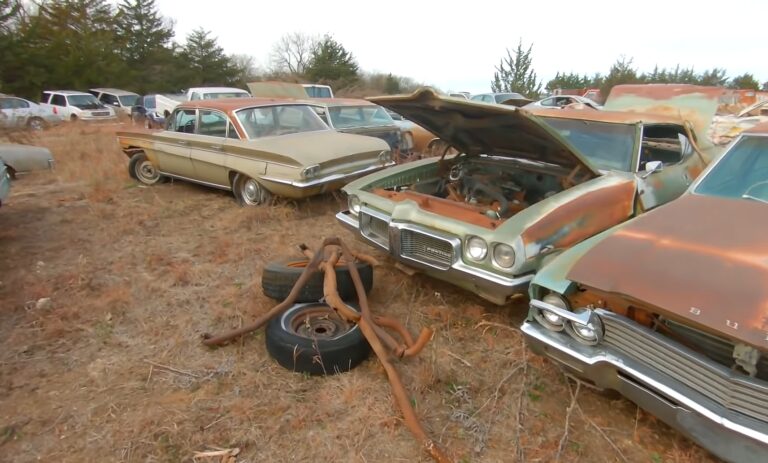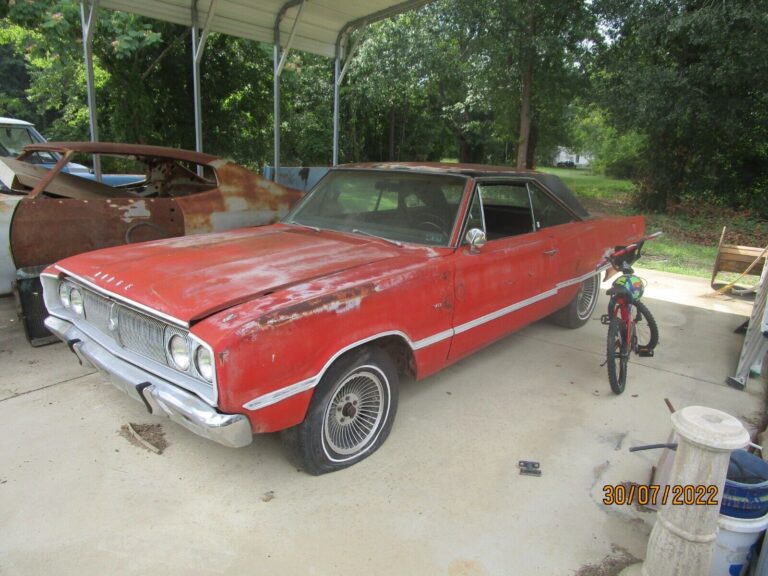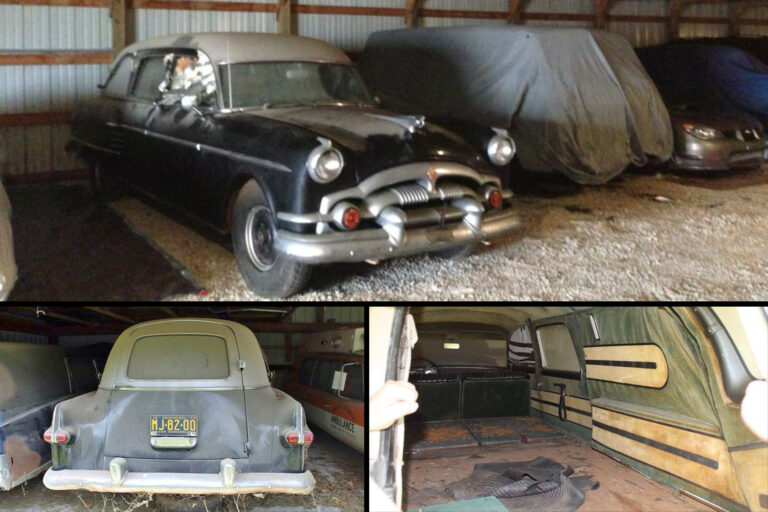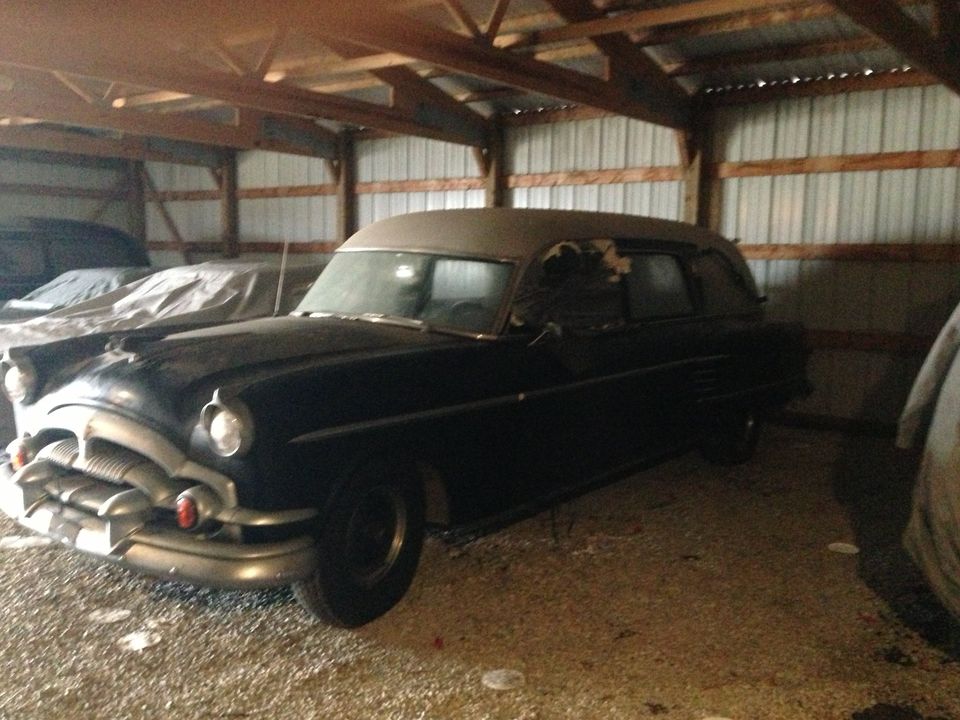Introduced in 1956 as a large family car, the Volvo Amazon remained in production for a whopping 14 years. Volvo offered three different body styles and sold more than 660,000 units until the nameplate was phased out in 1970.
Although it’s not the company’s most iconic model, the Amazon has an important benchmark to brag about. It became the world’s first car with front seat belts as standard equipment in 1959. A few years later, it became the first car to feature three-point seat belts as standard.
Unlike its predecessor, the PV series, the Amazon was notably more popular outside Sweden. Volvo outsourced production in Belgium, Canada, South Africa, and Chile and introduced the car in the US in 1959. Of the 667,791 examples built, about 60% went to export markets.

Why am I talking about a Swedish automobile that went out of production over 50 years ago? Well, for starters, I like the Amazon’s styling. I think it’s pretty classic that looks good in any body style. Second, YouTube’s “Hampus Granstrom” just rescued an Amazon that had been sitting in the woods for some 30 years, and that’s something you don’t see every day.
Found somewhere in Northern Sweden, this once-gorgeous two-door sedan (also known as the 130 Series) spent a whopping three decades under full exposure to the elements. And as you might have already guessed, it’s plagued by all sorts of issues, including rust holes, worn-out paint, mold, and an old engine in need of attention. But the car doesn’t look all that bad, given the amount of time it spent outside.
The body is still in one piece, and the interior appears to be complete at first glance. It’s one of those cars you could restore without spending a fortune on parts. There’s good news under the hood as well, with the original engine still in place.
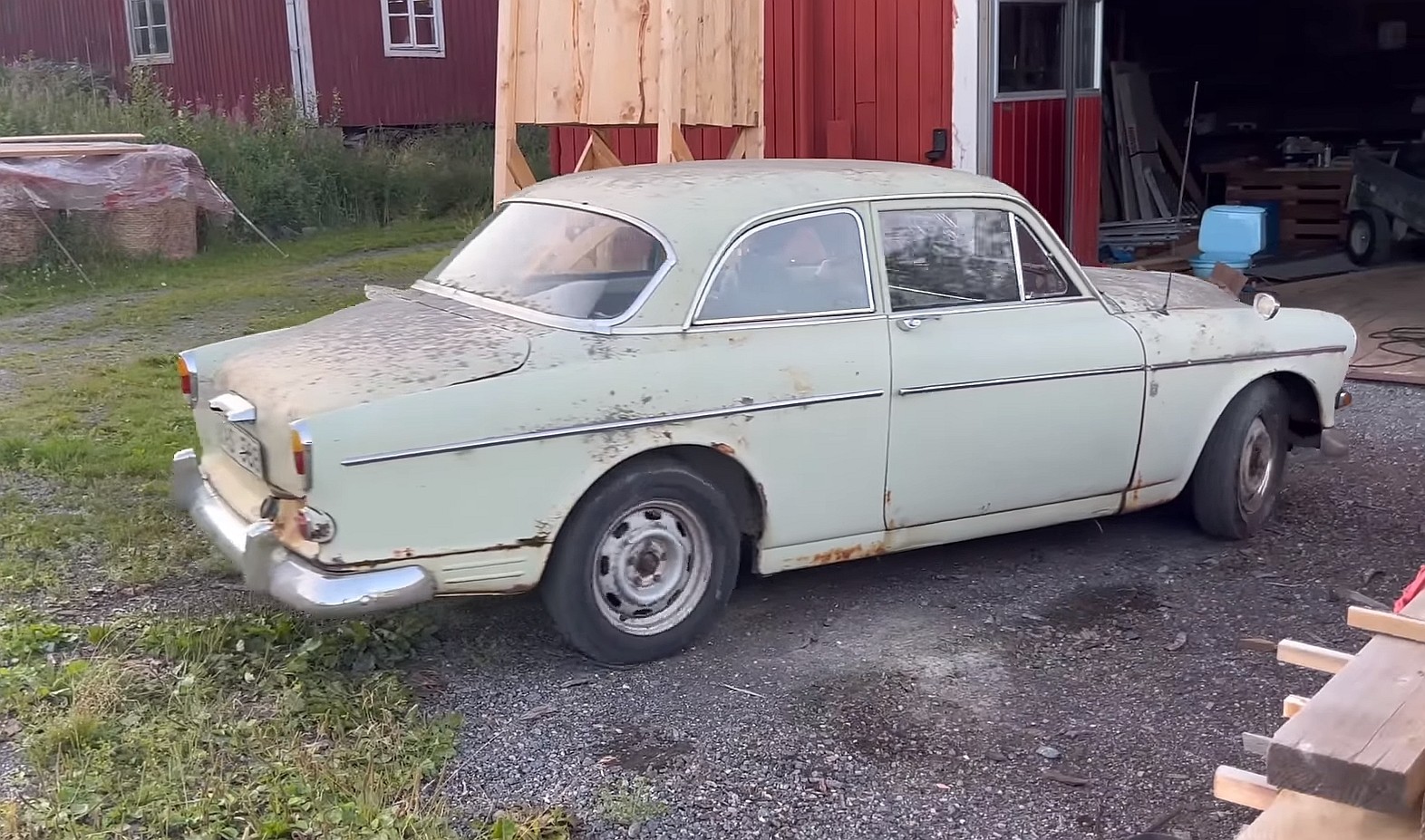
If you’re unfamiliar with the Amazon, it was powered exclusively by inline-four engines. The Amazon debuted with a 1.6-liter four-banger rated at 60 horsepower in 1956, but Volvo added a twin-carb version with 85 horses in 1958. In 1961, the original 1.6-liter was replaced by a 1.8-liter lump good for 75 horsepower in base form and 90 horses with the twin-carb layout.
The output of the latter increased to 95 horsepower in 1966, 100 horses in 1967, and 115 horsepower in 1968. Finally, Volvo added a 2.0-liter four-cylinder with 90 and 118 horsepower for the two-door sedan model in 1968. Transmission choices included various three- and four-speed manuals and a three-speed Borg-Warner automatic.

It’s unclear which model year this white Amazon is, but based on the larger front grille, it’s most likely a late 1969 or 1970 version. The engine appears to be the 1.8-liter (B18D), 75-horsepower mill Volvo offered in the entry-level two-door Amazon from 1965 to 1970.
But whatever version it is, this mill is one tough cookie. Even though it sat for 30 years without a sip of gasoline, the four-pot roared back to life with an oil change, a new battery, and essential maintenance. Moreover, our host was able to get the Volvo driving and took it back to his shop. Will this Amazon enjoy a total restoration? That’s a piece of info I don’t have. But until I do, watch it coming out of the woods in the video below.
